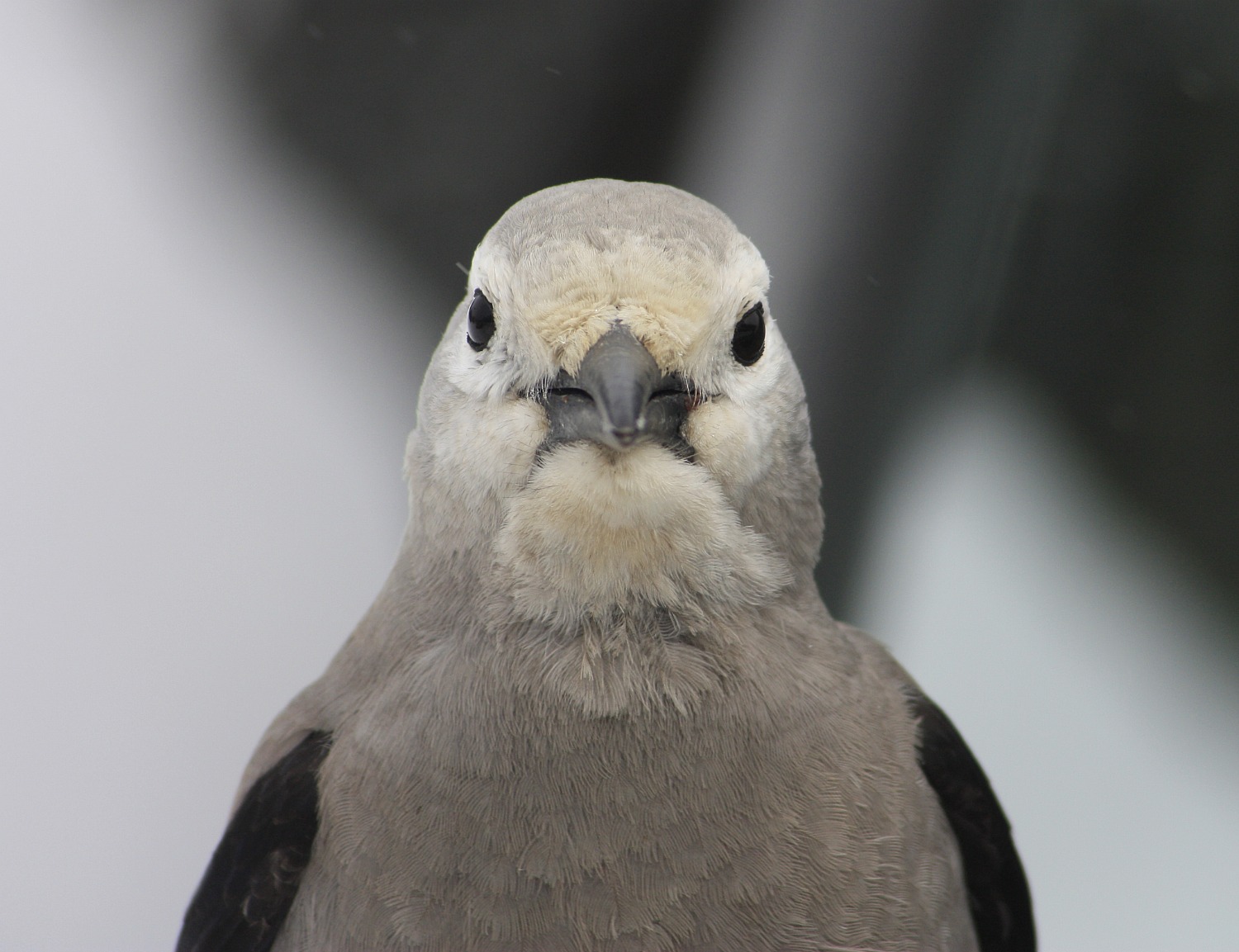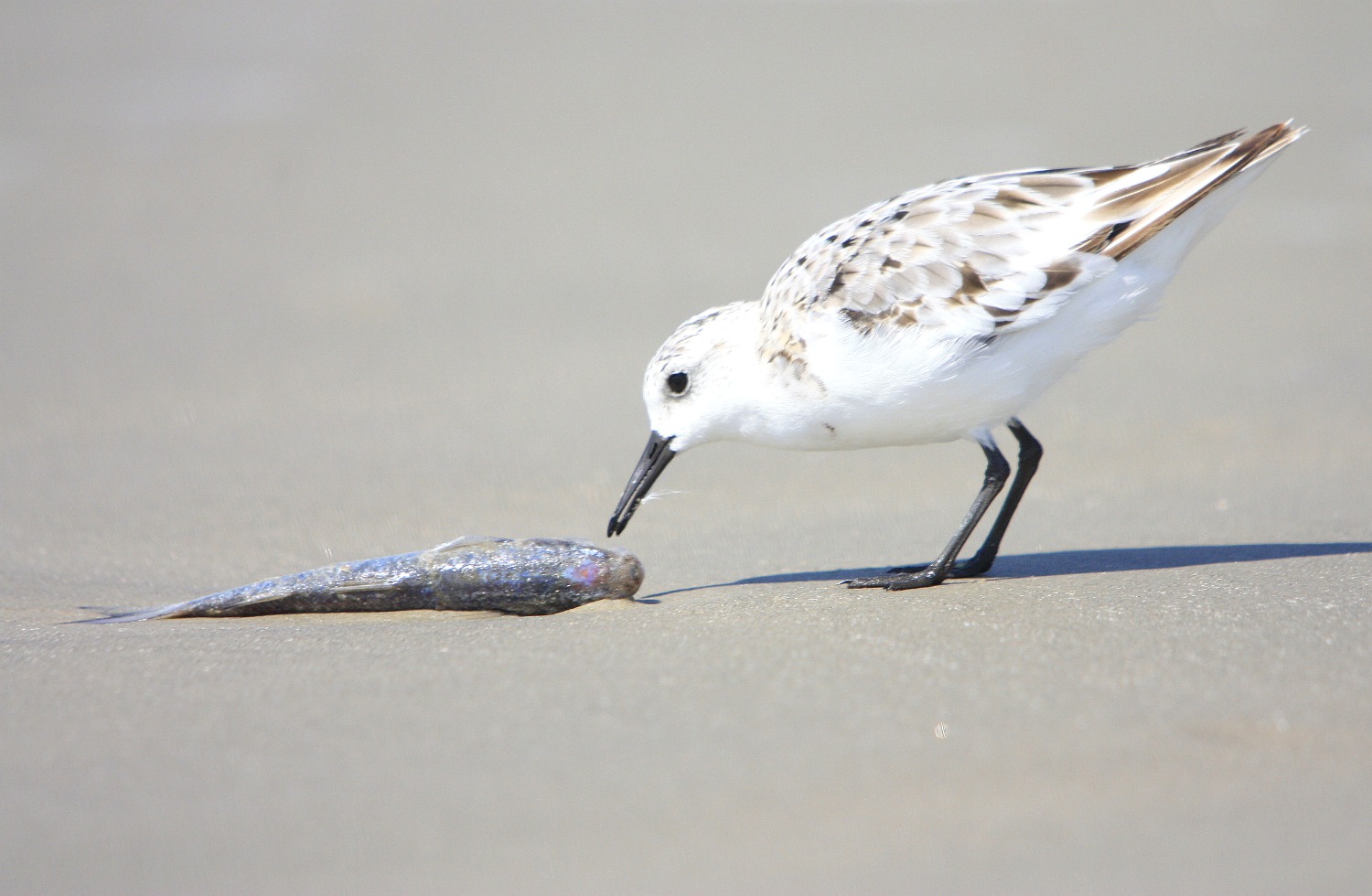Have you seen an unusual bird in Calgary? If it is on this Reportable_Birds (PDF), please report it to the Nature Calgary Rare Bird Alert line at 403 221-4519 and leave a message after the beep at the end of the recording. If you would like some help with species identification, us email us at zoxox@shaw.ca To report injured wildlife call the Calgary Wildlife Rehabilitation Society at 403 239-2488, or the Alberta Institute for Wildlife Conservation at 403 946-2361.
This Bird Alert was recorded on Thursday December 8.
Bird Sightings:
Dec. 5
SNOW GOOSE (juvenile) Bow River, ca. 250 m. downstream from the Glenmore Bridge, Malcolm and Joan McDonald, Jerry Pilny
AMERICAN WIGEON, Bow River, mouth of Fish Creek, MJM, JP
GYRFALCON, overflight, Bow River, Glenmore Bridge, MJM, JP
AMERICAN TREE SPARROW, Burnsmead, Fish Creek PP, MJM, JP
Dec. 6
PINTAIL (male), Elliston Park, E Calgary, MJM
BLUE-WINGED TEAL, Policeman’s Flats, end of Bow Riverbottom Trail, off Dunbow Rd., just SE of Calgary, MJM
REDHEAD, Elliston Park, MJM
LONG-TAILED DUCK, Bow River, Eric Harvey Bridge, Carburn Park, Brian Elder, Bob Storms
HOODED MERGANSER (3) Elliston Park, MJM
KILLDEER (3), Carburn Park, BE, BS
AMERICAN PIPIT, same, BE, BS
DARK-EYED JUNCO, Oakridge, Calgary, back yard of Margaret Brunner.
RUSTY BLACKBIRD (3), Policeman’s Flats, MJM
The next scheduled update of the Bird Alert is on Monday Dec 12.




































